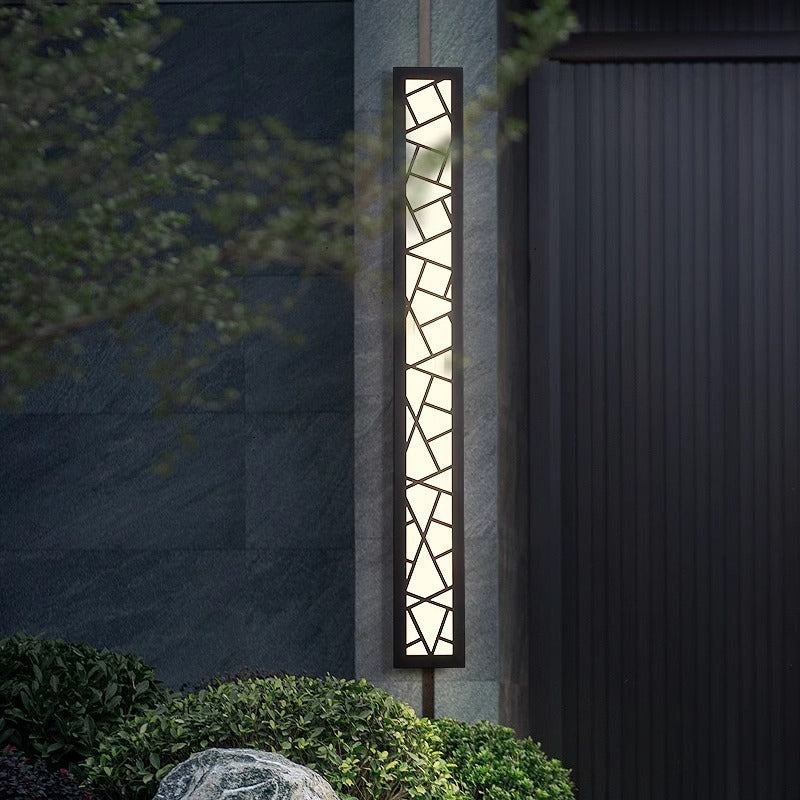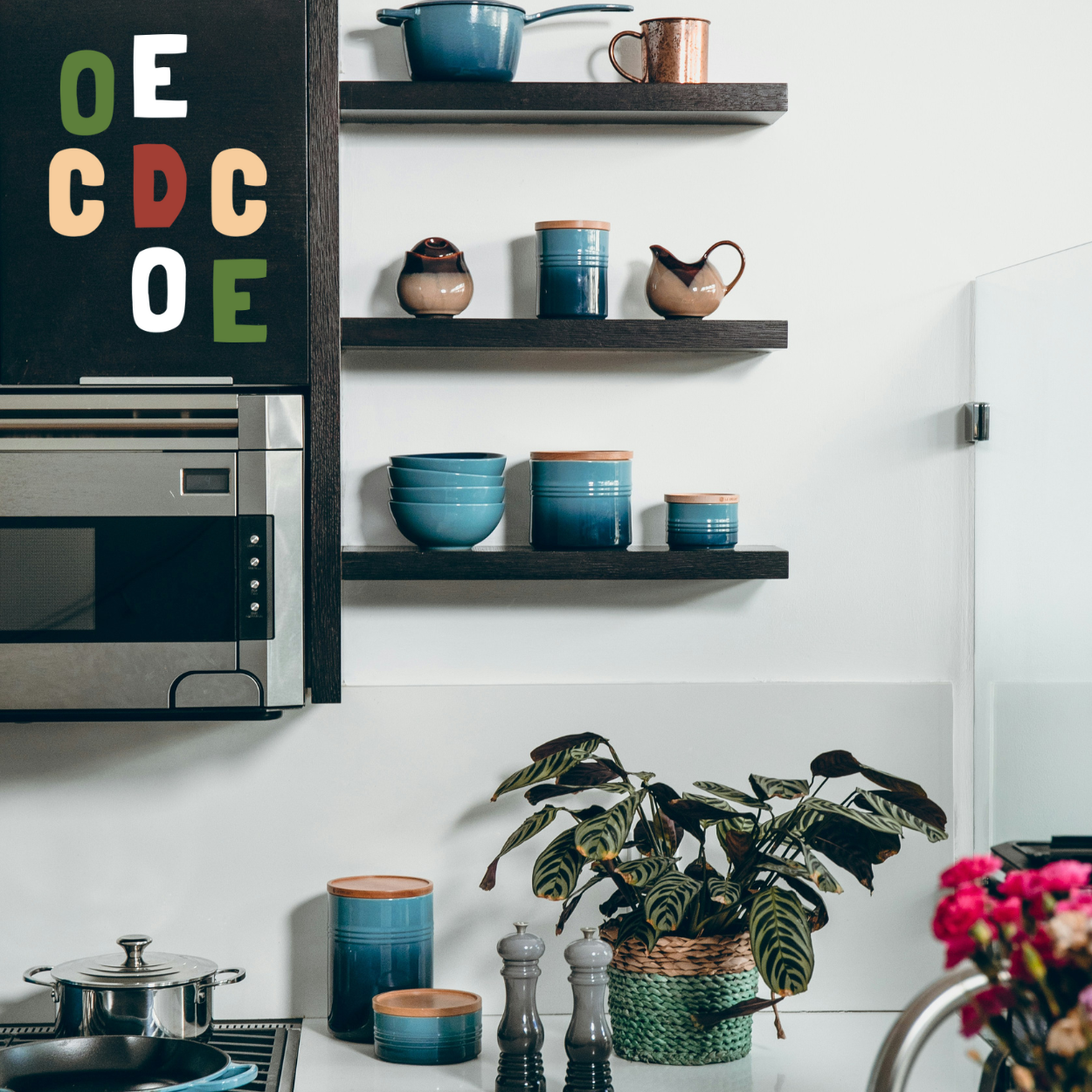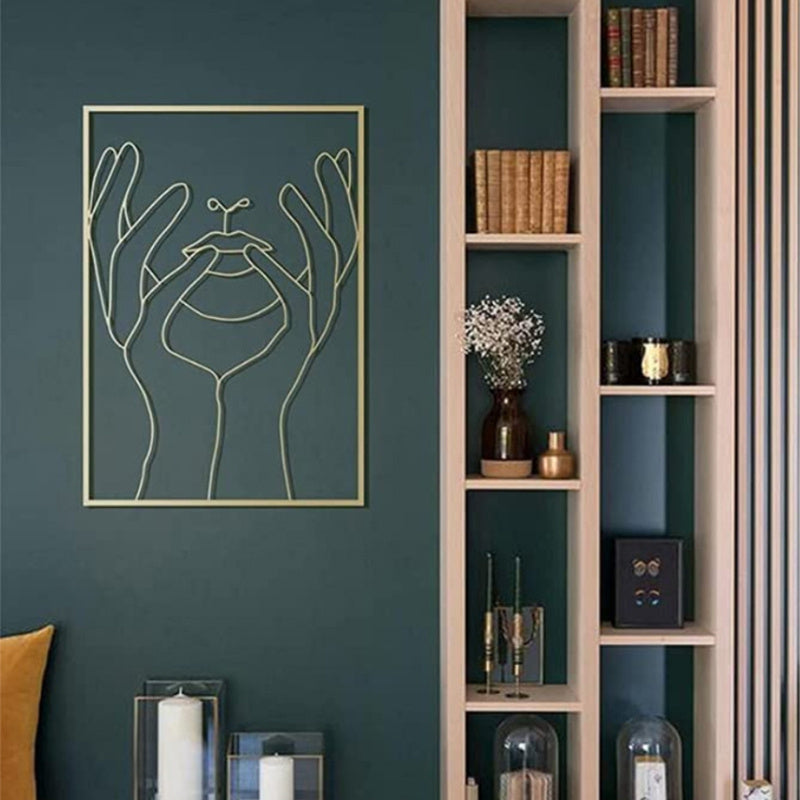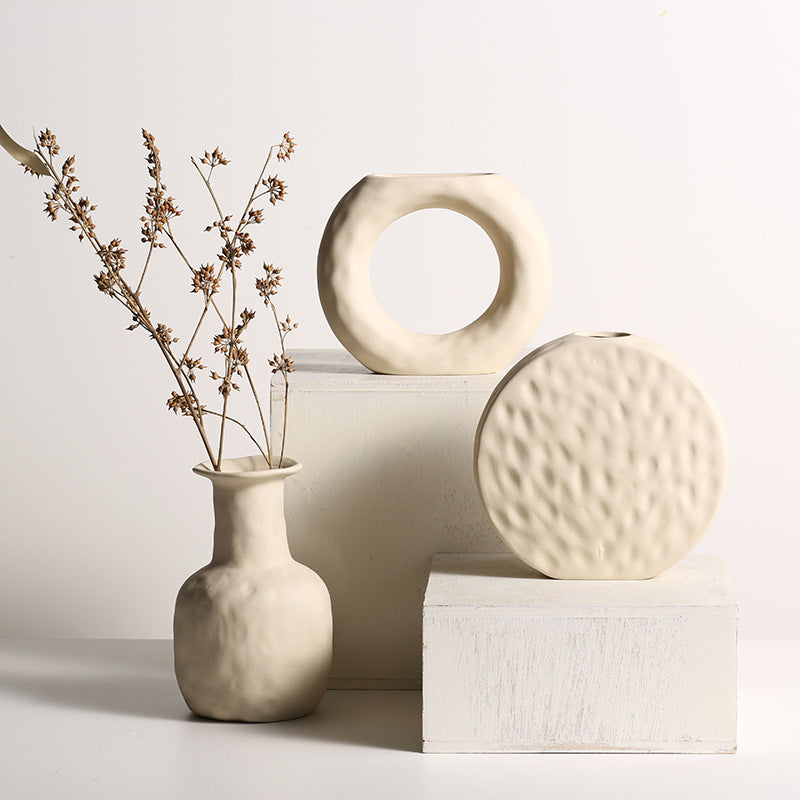Mixing Textures: Creating Visual Interest in Your Home
- by Adetoun2025
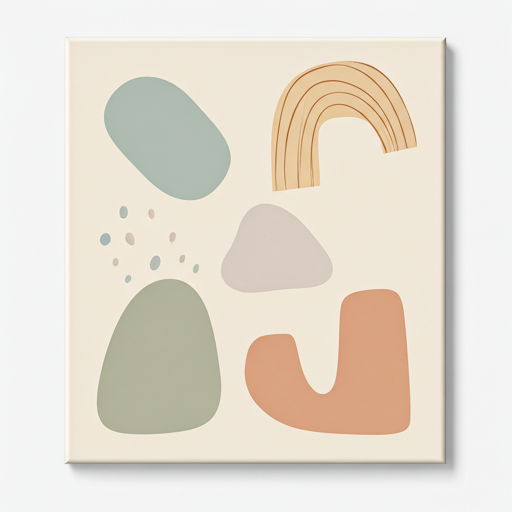
Mixing Textures: Creating Visual Interest in Your Home
Texture is the secret ingredient that transforms a good room into a great one. While color gets most of the attention in home decorating, texture adds depth, warmth, and visual interest that makes spaces feel layered and sophisticated. Here's how to master the art of mixing textures to create a home that's as interesting to touch as it is to look at.
Understanding Texture in Interior Design
Texture refers to both the actual feel of surfaces (tactile texture) and how surfaces appear to feel (visual texture). A chunky knit throw has obvious tactile texture, while a photograph of tree bark provides visual texture without the physical element.
Successful texture mixing creates contrast and balance. Smooth surfaces need rough ones, shiny needs matte, and soft needs firm. This interplay creates visual tension that keeps spaces interesting and prevents them from feeling flat or boring.
Texture also affects how light interacts with surfaces. Glossy textures reflect light and make spaces feel brighter, while matte textures absorb light and create coziness. Understanding this relationship helps you use texture strategically throughout your home.
Natural Textures: Bringing the Outdoors In
Natural textures connect us to the outdoors and add organic warmth to any space. Wood grain, stone surfaces, woven fibers, and live plants all contribute natural texture that makes spaces feel more welcoming and less sterile.
Wood textures range from smooth, polished surfaces to rough, reclaimed barn wood. Each creates a different feeling – smooth wood feels sophisticated and modern, while rough wood adds rustic charm and character.
Stone and ceramic textures add weight and permanence to spaces. Smooth marble feels luxurious, while rough stone or brick adds casual, earthy appeal. These textures work particularly well as accent walls or in fireplace surrounds.
Woven textures like rattan, jute, and seagrass add casual, beachy vibes that work well in both traditional and modern spaces. These materials are particularly effective in baskets, light fixtures, and furniture pieces.
Fabric Textures: Softness and Comfort
Fabric textures are perhaps the easiest way to add texture to your home because they're changeable and relatively inexpensive. Different weaves, fibers, and finishes create dramatically different effects.
Smooth fabrics like silk, satin, and polished cotton reflect light and feel formal and elegant. These work well for curtains in dining rooms or accent pillows in sophisticated living spaces.
Rough or nubby textures like linen, burlap, and raw silk add casual, relaxed feelings to spaces. These textures work particularly well in family rooms and bedrooms where comfort is the priority.
Plush textures like velvet, chenille, and faux fur add luxury and warmth. These rich textures work beautifully as accent pieces but can be overwhelming if overused.
Metallic Textures: Adding Glamour and Light
Metallic textures reflect light and add glamour to any space. Different metals create different moods – warm metals like gold and copper feel cozy and traditional, while cool metals like silver and chrome feel modern and sleek.
Brushed metals have subtle texture that adds interest without being overwhelming. Hammered or antiqued metals have more pronounced texture that works well in traditional or rustic spaces.
Mix different metallic finishes carefully – too many can create chaos. Choose one dominant metal and use others sparingly as accents.
Glass and Crystal Textures: Transparency and Sparkle
Glass textures range from perfectly smooth to heavily textured. Smooth glass feels modern and clean, while textured glass adds privacy and visual interest.
Crystal and cut glass create sparkle and movement as they catch and reflect light. These textures work particularly well in lighting fixtures and decorative accessories.
Frosted or etched glass provides texture while maintaining the light-reflecting properties of clear glass. This works well for privacy screens or decorative panels.
Layering Textures Successfully
The key to successful texture mixing is layering gradually. Start with your largest surfaces – walls, floors, and major furniture pieces – then add textural interest through accessories and accents.
Vary the scale of your textures. Large-scale textures like a chunky knit throw need to be balanced with smaller-scale textures like smooth ceramic accessories.
Create texture groupings by combining three to five different textures in each area. This creates enough variety to be interesting without becoming chaotic.
Room-by-Room Texture Strategies
Living rooms benefit from a mix of soft and hard textures. Combine smooth leather or fabric sofas with rough wood coffee tables, soft throw pillows, and smooth ceramic lamps.
Bedrooms should emphasize soft, comfortable textures that promote relaxation. Layer different fabric textures – smooth sheets, nubby blankets, and plush pillows create a bed that's inviting and comfortable.
Kitchens naturally have many hard surfaces, so add soft textures through window treatments, bar stool cushions, and decorative accessories to balance the space.
Bathrooms can handle moisture-resistant textures like stone, ceramic, and treated wood. Add soft textures through towels and bath mats for comfort and warmth.
Common Texture Mixing Mistakes
Avoid using too many similar textures in one space. A room full of smooth surfaces feels cold and sterile, while too many rough textures can feel chaotic and uncomfortable.
Don't forget about scale when mixing textures. Very large-scale textures can overwhelm small spaces, while tiny textures can get lost in large rooms.
Consider maintenance when choosing textures. High-traffic areas need durable textures that can withstand wear and cleaning.
Seasonal Texture Changes
Textures can be changed seasonally to reflect the weather and your mood. Summer calls for smooth, cool textures like linen and cotton, while winter benefits from plush, warm textures like wool and faux fur.
This seasonal approach allows you to refresh your space without major investment. Simply swapping throw pillows and blankets can completely change how a room feels.
Budget-Friendly Texture Ideas
Adding texture doesn't require expensive purchases. Thrift stores and flea markets are great sources for interesting textural pieces like vintage baskets, rough pottery, and unique fabric finds.
DIY projects can add custom texture to your space. Macrame wall hangings, painted texture on accent walls, or recovered furniture in interesting fabrics all add personal texture elements.
Natural elements like driftwood, pinecones, and interesting stones can add texture for free. Arrange these elements in groups for maximum impact.
Texture and Lighting
Consider how lighting affects texture throughout the day. Side lighting emphasizes texture by creating shadows, while direct overhead lighting can flatten textural interest.
Use lighting strategically to highlight your favorite textural elements. A table lamp next to a textured wall hanging will emphasize its dimensional qualities.
Creating Focal Points with Texture
Use dramatic texture changes to create focal points in your rooms. A rough stone fireplace wall in a room of smooth surfaces immediately draws attention and creates visual interest.
Textural focal points work particularly well in minimalist spaces where color is limited. The interplay of different textures provides visual interest without adding color complexity.
Mixing textures is an art that develops with practice and observation. Start with small changes and pay attention to how different combinations make you feel. Browse our collection of textured accessories, lighting, and decor to begin experimenting with this powerful design tool.

